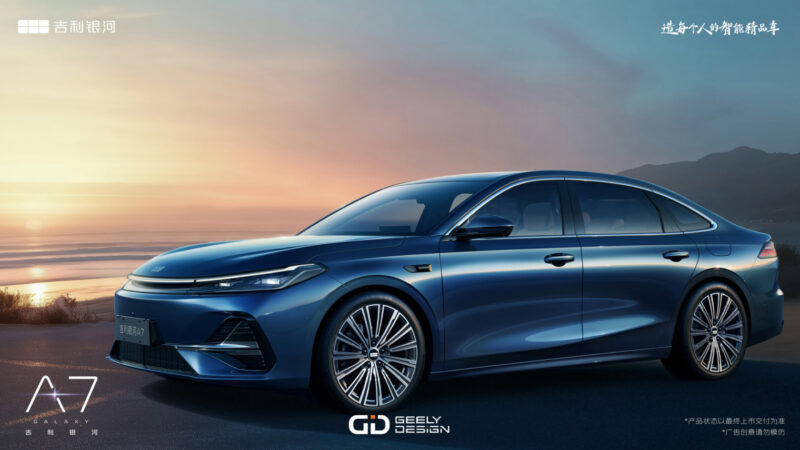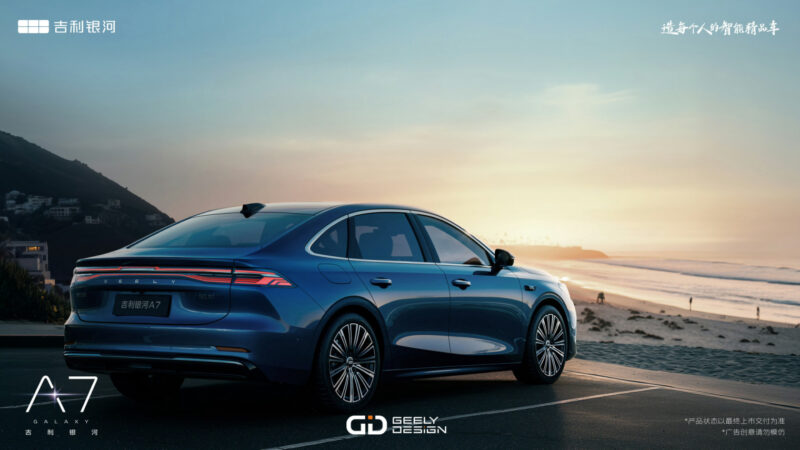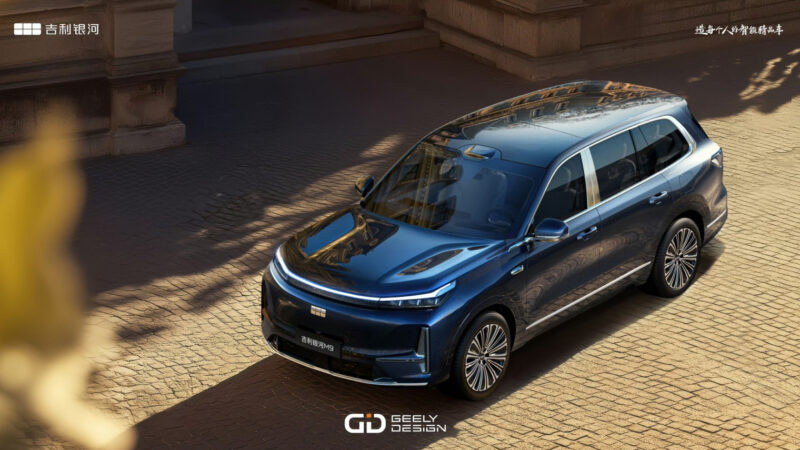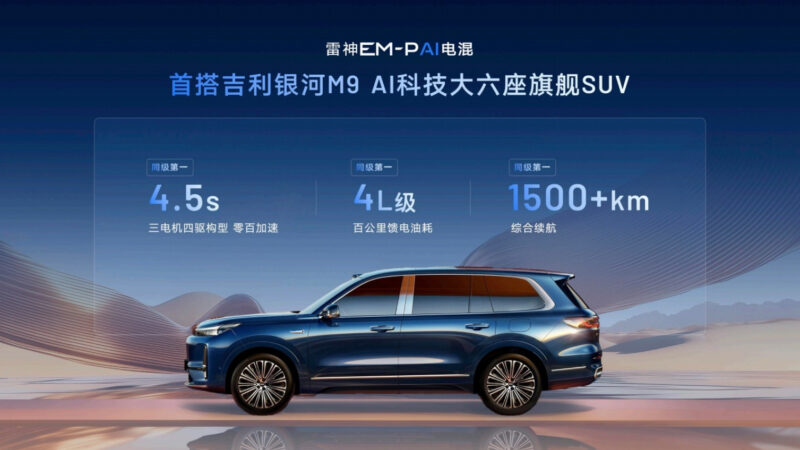Geely officially announced the Leishen AI Hybrid 2.0 PHEV powertrain in China. Its core feature is a high thermal efficiency rate of 47.26%. It is said to be higher than the number of BYD’s DM-i system. The new Leishen system will comprise EM-i, EM-P, and Hydrogen variants.
Geely introduced the first Leishen plug-in hybrid system in 2021. It comprised an engine with a thermal efficiency of 43.32% and a three-speed DHT gearbox. Geely was quite inconsistent with an international name for this powertrain, calling it NordThor or Leishen. In recent press releases, this system was called “Leishen / NordThor” with a slash. Despite messy naming, the updated PHEV system boasts impressive specs.
More about the Leishen AI Hybrid 2.0 system
According to Geely officials, the core element of the updated powertrain is a 1.5-liter engine. It has a thermal efficiency of 47.26%. For clarity, the BYD’s DM-i system has a thermal efficiency of 46.06%. Another benefit of Geely’s 2.0 powertrain is AI algorithms. They are said to extend battery life by 15% due to precise control of small currents.



Cars with the Leishen AI Hybrid 2.0 system and a 1.5-liter naturally aspirated engine will have EM-i badges. The first model with this powertrain is the recently revealed Geely Galaxy A7 sedan. It has a fuel consumption of 2 liters per 100 km and a mixed range of 2,100 km. The Galaxy A7 will enter the Chinese market in H2 this year.



The Leishen AI Hybrid 2.0 EM-P system will offer a turbocharged ICE and all-wheel drive system. The Geely Galaxy M9 full-size SUV will become the first car to adopt it. Geely claims that artificial intelligence will improve dynamic torque distribution. The Galaxy M9 has a mixed cruising range of 1,500 km, a fuel consumption of 4.8 liters per 100 km, and a zero-to-hundred acceleration time of 4.5 seconds. This model will also launch in China in the second half of 2025.

What is more, the Leishen AI Hybrid 2.0 will adopt a hydrogen powertrain option. This new ICE will have a record-breaking thermal efficiency of 48.15%. This system will power a sedan and an SUV in the fourth quarter of 2025.



